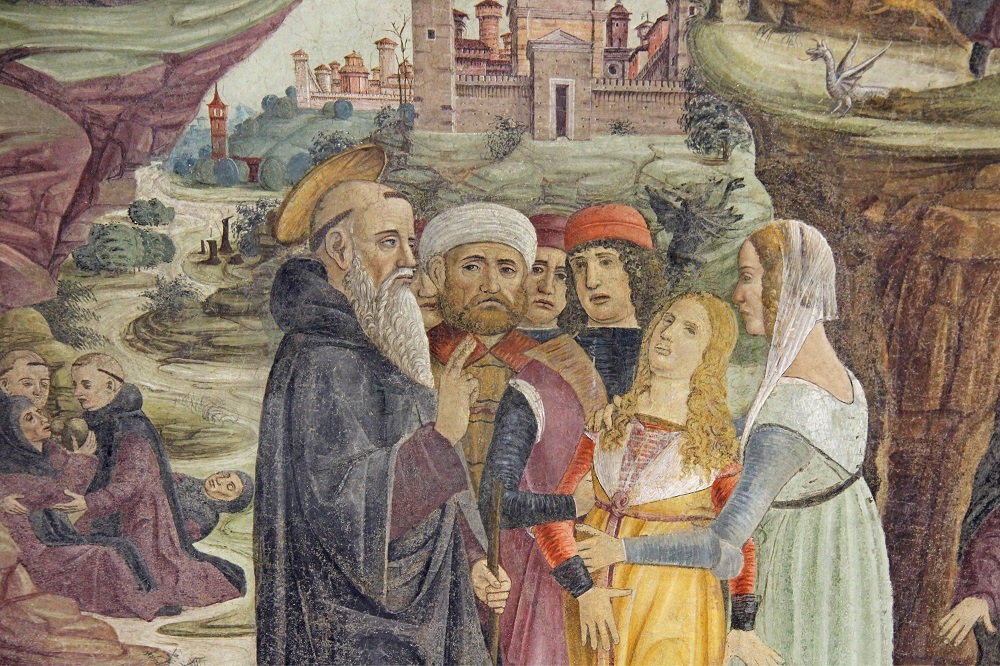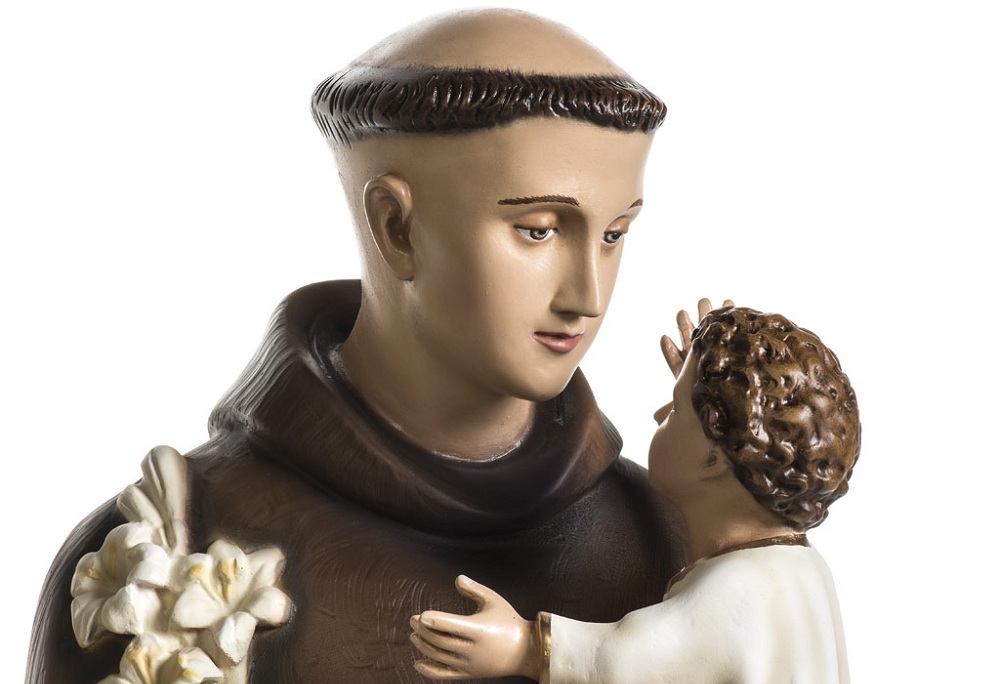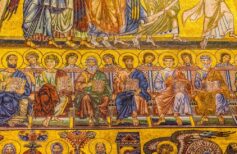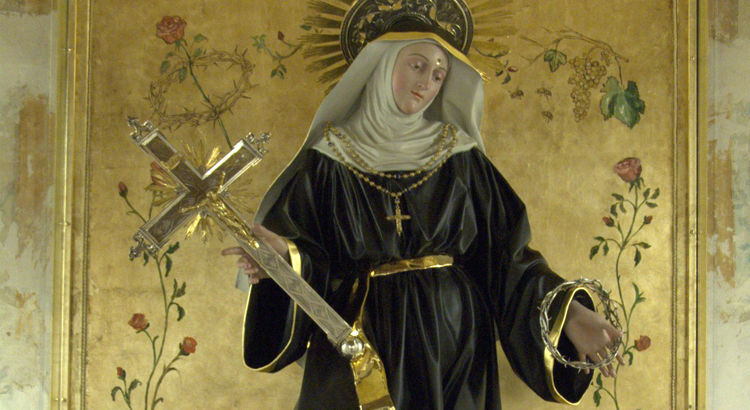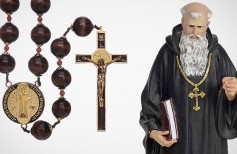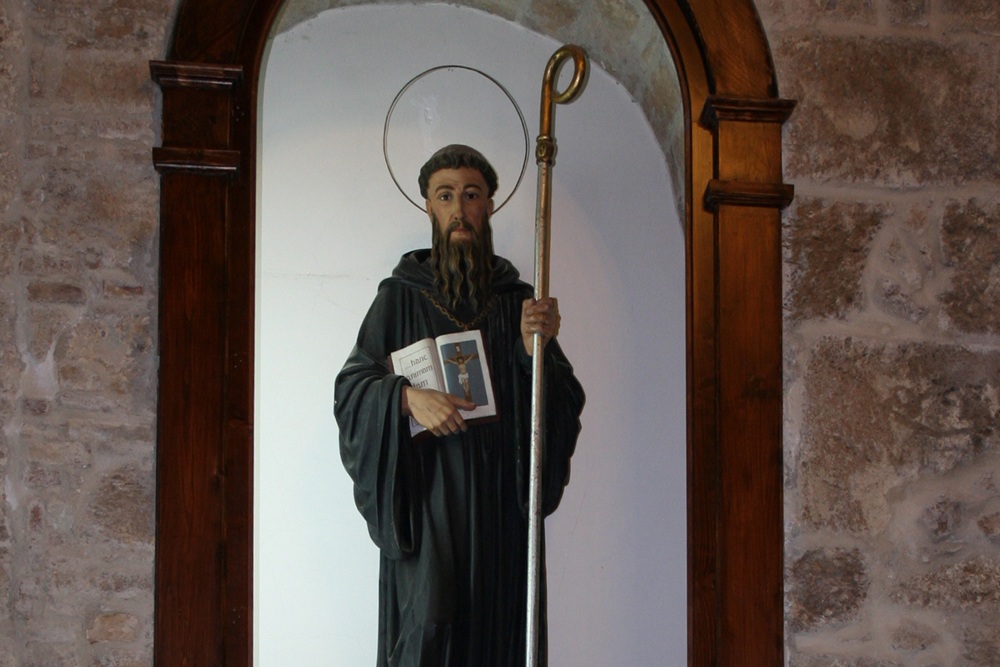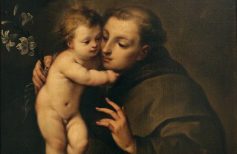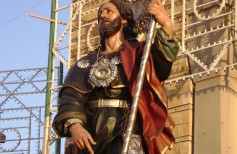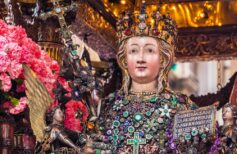Saint Anthony the Abbot is remembered as the patron saint of animals, but also for the terrible temptations with which the Devil tormented him for years. That’s what makes it so special.
Contents
We have already mentioned Saint Anthony Abbot in an article dedicated to holy healers to turn to against diseases. In fact, among other features that distinguish him, Saint Anthony also had great thaumaturgical abilities that allowed him to heal many people suffering from terrible diseases, as well as free others from demonic possessions. The cult of the Saint and the thaumaturgic power of his relics has origins in France since the twelfth century, and over time its name was also used to define a serious form of herpes, involving epidermis and nerve endings: the famous “Sant’Antonio fire”. But Sant’Antonio over the centuries has often been invoked also against the plague, along with San Sebastiano and San Rocco, and its monks, the Antoniani, treated the sick of leprosy. Here we speak of him as the patron saint of animals.
But who was this holy healer and exorcist?
Saint Anthony Abbot was an Egyptian hermit who lived in the 3rd century AD. Belonging to a wealthy Christian family, he soon remained only to administer the assets and possessions of the family and to provide for his younger sister. But Anthony chose to give everything he owned to the poor and needy and, entrusted his sister to a religious congregation, he took the path of the desert and chose to live as a hermit. For this reason, it is also known as Saint Anthony of the Desert or Saint Anthony the Anchorite. In fact, at that time hermits were also called anchorites, and lived in solitude, devoting every moment of their lives to prayer and meditation. Anthony was no exception, working the bare necessities for his own sustenance and to be able to give alms, and spending the rest of his time alone and in prayer. The famous temptations of Saint Anthony date back to this period: it is said that the Saint was incessantly persecuted by visions that now flattered him, now threatened him, and by devil speakers who tried to tear his soul through beatings.
Soon other men gathered around him, some because they wanted to be cured by him in body and soul, others who wanted to follow his model. Several communities of hermits were formed, who lived in the desert caves, led by a spiritual father, and with Saint Anthony as a reference. These are the first forms of monasticism.
Later Anthony supported his friend and bishop Athanasius of Alexandria in the fight against Arianism. Saint Anthony died at the age of 105, living until the end of his days as a hermit in the desert, growing a small vegetable garden and praying.
Saint Anthony is remembered among other things as the patron saint of pets. Every year, on the occasion of his feast, January 17, they bring to bless the pets and in the countryside even those of the stables. This tradition was born in medieval times, when the Antonians, the monks of Saint Anthony, raised pigs that were given to them by the farmers and used them to feed the poor, as well as to create medicated ointments with their fat combined with medicinal herbs. Saint Anthony thus became the patron saint of the pigs first, and of all the pets and the stable at a later time.
Legend has it that on the night of January 17 the animals acquire the faculty to speak. This is why in ancient times the people of the countryside kept away from the stables on this night: hearing animals speak is not a good omen!
Why is Saint Anthony Abbot represented with a fire and a pig?
The pig therefore often occurs in the iconography of Saint Anthony the Abbot, who is often depicted with a pig at his feet or a pig in his arms. In addition to the already mentioned tradition linked to the Antonians, this link between Saint Anthony and the pig is also due to some legends.
While Saint Anthony Abbot was travelling by sea, a sow laid a sick pig at his feet. The Saint healed him with the Sign of the Cross and from then on the little pig became for him an inseparable companion.
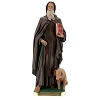
According to another legend, the patron saint of animals descended to Hell to confront Satan and save some souls. To distract the other demons he sent his piglet, which had a bell tied around its neck, to wreak havoc, and took advantage of this to steal the hellfire to make a gift to men. This legend binds Saint Anthony to pre-Christian traditions, associating him with mythical figures such as Prometheus or Lug, a Celtic deity who symbolized new life, and to whose were consecrated boars and pigs.
It is no coincidence that fire is another of the symbols with which the saint is often represented, also called Saint Anthony of Fire. Even Saint Anthony over the centuries has been associated with the concept of renewal and has always been venerated in the countryside as a figure linked to the flow of the seasons, the time of harvest and sowing. In some areas the bonfires are still lit on the night of January 17, to burn the evil of the past months and embrace the new year with positive energy. The symbology of fire associated with Saint Anthony has been linked over the centuries to its ability to heal from the Saint Anthony’s Fire, with which many skin diseases were once indicated that were treated by the Antonian monks with the methods indicated above.
Even the bell, with which the saint is often depicted, was a distinctive sign of the Antonians.
Prayer to Saint Anthony Abbot
There are many prayers composed in time to celebrate Saint Anthony the Abbot. Some are used to ask for special graces, others to invoke the defeat of the evil one who threatens our lives every day, and still, others to obtain the protection of the saint on animals from stable or companion.
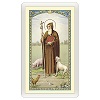
Here is a very powerful prayer to say on January 17 or at any time if you feel the need.
O true miracle of the Anchorites,
glorious St. Anthony our patron Abbot,
Here we prostrate before you to venerate
with your other heroic virtues
that prodigious fortress with which
you resisted the temptations of the devil
and won them after a long labour.
With the power of your name alone
you freed the air, the earth, the fire, the animals
from its evil influences.
Deh! Let us, imitating also your
invincible steadfastness in the assaults of our spiritual
enemies, obtain from God to participate in
Paradise in your glory, and here on earth in
your blessings, which we invoke upon the air,
on the earth, on the fire and on the animals
that serve our food.
Pater, Hail and Glory.
Temptations of Saint Anthony
We have already mentioned the terrible temptations to which Saint Anthony was subjected by the devil in his years as a hermit in the desert.
They have inspired many famous artists over the centuries, becoming the subject of paintings and frescoes of great majesty and beauty. Just to mention a few we think of the cycle of frescoes in the church of San Francesco in the town of Montefalco, in Umbria, realized in the mid-fifteenth century perhaps by Andrea di Cagno, or the triptych painted by Matthias Grünewald between 1512 and 1516, or the one made by Hieronymus Bosch, both full of terrifying and frightening details.
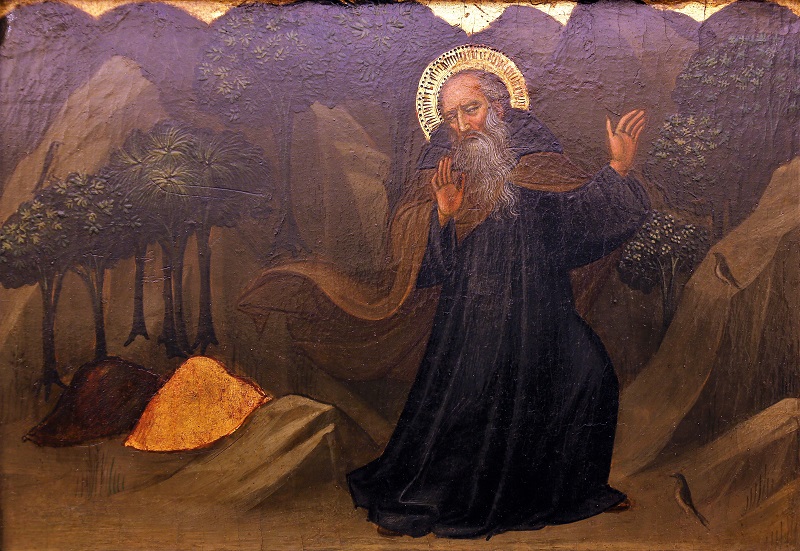
This theme has fascinated artists of all times, who have interpreted in a personal way and adapted it to their own times the struggle of the Saint against the flattery and threats of the Devil, against the promises of gold, the offerings of lust, and the beatings inflicted by devils. Examining these very different works makes us understand the evolution of the concept of temptation and sin over the centuries, but above all it makes us perceive the moral strength and the unshakeable faith of this Saint.
Saint Anthony the Abbot and Saint Francis: what do the two saints have in common?
There are several aspects that unite Saint Anthony abbot and Saint Francis of Assisi.
The first that catches the eye is the love for animals and their presence in the traditions and stories related to the life of these two saints. We have seen how Saint Anthony became the patron saint of pets, of his connection with pigs, in particular, and we certainly remember how in many tales of Saint Francis and even in his prayers there were birds, fish, lambs, even a wolf, usually associated with evil.

The Canticle of the Creatures of St. Francis
Close to the poor, brother of the least, he made love for all God’s creatures his life mission and the emblem of his faith.
Then there is the cross in the shape of Tau, so dear to the poor man of Assisi. Well, in sacred iconography Saint Anthony is often depicted with a stick with a T-shaped handle, or with the letter Tau on the cassock. This is because the Tau was a symbol of the Alexandrian Christians. The Antonian monks who treated lepers adopted the cross made in Tau as an amulet to defend themselves from the terrible disease. Probably inspired by them, Saint Francis decided to make the Tau his symbol and seal.
In addition, both Saints Anthony and Francis welcomed the vocation at a young age and chose to give up all their possessions to follow the example of Jesus and live in poverty and prayer. And their example gathered around them other men and women who chose to imitate them, giving rise in the case of Anthony to the first congregations of monks, in the case of Francis to a new concept of monasticism, devoted to poverty and the example of Christ.

